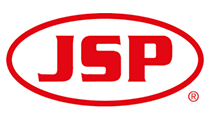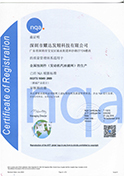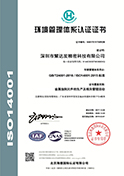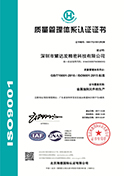
Expansion coefficient of etched stainless steel material
The expansion coefficient of etched stainless steel materials varies depending on the stainless steel material
1. The density of carbon steel is slightly higher than that of ferritic and martensitic stainless steel square steel, and the physical functional data of stainless steel square steel and carbon steel are compared. And slightly lower than austenitic stainless steel square steel; The resistivity increases in the order of carbon steel, ferritic, martensitic, and austenitic stainless steel square steels; The ranking of the coefficients of linear expansion in terms of size is also similar,
2. The expansion coefficient of austenitic stainless steel square steel etched stainless steel material is the highest, while that of carbon steel is the lowest; Carbon steel, ferritic and martensitic stainless steel square steels have magnetism, while austenitic stainless steel square steels have no magnetism. However, magnetism will occur when they undergo martensitic transformation during cold work hardening. Thermal treatment can be used to eliminate this martensitic structure and restore its non-magnetic state.
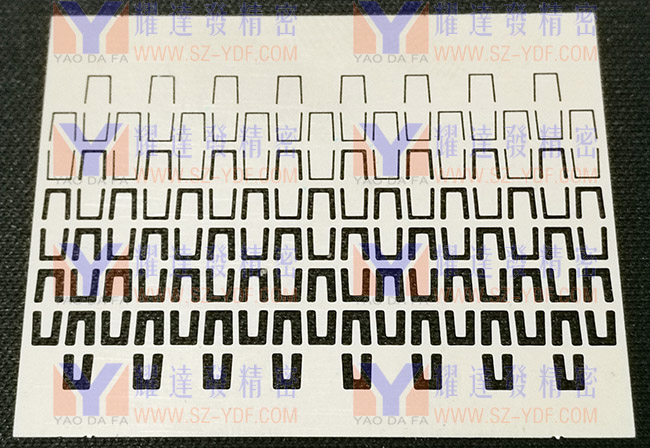
Richard.Liu/刘家成
Next:Common faults and troubleshooting methods of stainless steel etching technologyPrevious:引线框架的蚀刻
relevant information
- 2018-12-03Common faults and troubleshooting methods of stainless steel etching technology
- 2018-10-26Expansion coefficient of etched stainless steel material
- 2018-10-18What are the conditions for selecting etching processing?
- 2018-10-12Frequently Asked Etching Questions and Answers
- 2018-09-29How to drill a 0.2 hole
- 2018-09-13What factors make up the control accuracy of metal etching
- 2018-08-25Corrosion process flow
- 2018-08-21Where can I find stainless steel micro hole processing?
- 2018-08-09引线框架的蚀刻




